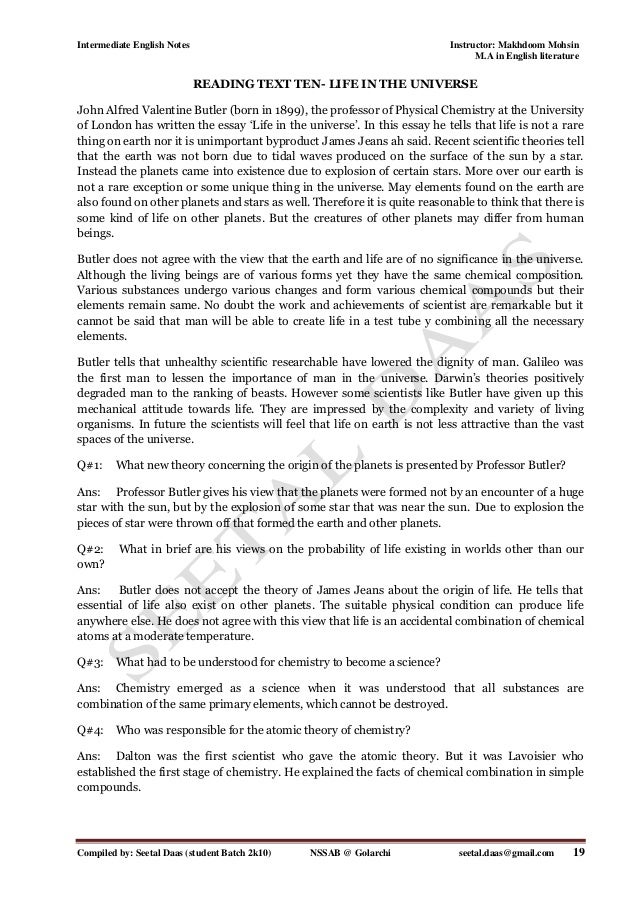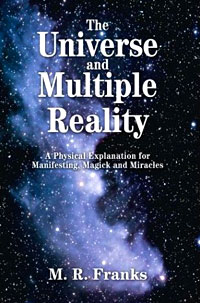Sir James Jeans The Mysterious Universe Pdf File
Sir James Hopwood Jeans OM FRS MA DSc ScD LLD Sir James Jeans 1938 (reprint of 1931’s edition of 1930 book): The Mysterious Universe. (11 September 187716 September 1946GRO Register of Deaths: SEP 1946 5g 607 SURREY SE – James H. Jeans, aged 69) was an English physicist, astronomer and mathematician. Tidal hypothesisThe tidal or gaseous hypothesis of the earth involves an original sun that had a close encounter with a passing star. Known also as the tidal disruption or tidal filament hypothesis, this conception of how our solar system formed was proposed in 1918 by two British scientists, Sir James Jeans and Sir Harold Jeffreys.
WHY do we call the universe mysterious? Is it because we know so much about it or so little? The impression left by Sir James Jeans's fascinating book is that it is because the interpreta tion. Now tell me by what sort of reasoning do you reach such an incongruous conclusion?' —The Minnesota Technolog, October 1957. 'If the universe is a universe of thought [structured in a planned, thoughtful manner], then its creation must have been an act of thought.' Jeans, Mysterious Universe (1932), p.
Jeans, an astronomer, and Jeffreys, a geophysicist, offered this proposal to counteract some of the objections that had been raised to the planetesimal hypothesis. They accepted the supposed near-collision between the sun and another star but believed that the material pulled out of the sun came out as a long spindle or cigar-shaped filament of solar gases.
This gaseous filament later broke up into units which condensed to a molten and finally a solid stage, thus forming the planets. Astronomers have shown that a gaseous filament of this sort would not form solid bodies such as our planets; it would instead simply disappear in space. For this and many other reasons, this hypothesis is no longer acceptable to most scientists. Punk in love part 1. BackgroundBorn in Ormskirk, Lancashire, Jeans was educated at Merchant Taylors’ School, Northwood, Wilson’s Grammar School,Allport, D.H.
& Friskney, N.J. 'A Short History of Wilson’s School', Wilson’s School Charitable Trust, 1987, pg 234 Camberwell and Trinity College, Cambridge, he finished Second Wrangler in the university in the Mathematical Tripos of 1898. He taught at Cambridge, but went to Princeton University in 1904 as a professor of applied mathematics.

He returned to Cambridge in 1910.He made important contributions in many areas of physics, including quantum theory, the theory of radiation and stellar evolution. His analysis of rotating bodies led him to conclude that Laplace’s theory that the solar system formed from a single cloud of gas was incorrect, proposing instead that the planets condensed from material drawn out of the sun by a hypothetical catastrophic near-collision with a passing star. This theory is not accepted today.Jeans, along with Arthur Eddington, is a founder of British cosmology. In 1928 Jeans was the first to conjecture a steady state cosmology based on a hypothesized continuous creation of matter in the universe.Astronomy and Cosmogony, Cambridge U Press, p 360 This theory was ruled out when the 1965 discovery of the cosmic microwave background was widely interpreted as the tell-tale signature of the Big Bang.His scientific reputation is grounded in the monographs The Dynamical Theory of Gases (1904), Theoretical Mechanics (1906), and Mathematical Theory of Electricity and Magnetism (1908). After retiring in 1929, he wrote a number of books for the lay public, including The Stars in Their Courses (1931), The Universe Around Us, Through Space and Time (1934), The New Background of Science (1933), and The Mysterious Universe.

Sir James Jeans The Mysterious Universe Pdf Files
These books made Jeans fairly well known as an expositor of the revolutionary scientific discoveries of his day, especially in relativity and physical cosmology.In 1939, the Journal of the British Astronomical Association reported that Jeans was going to stand as a candidate for parliament for the Cambridge University constituency. The election, expected to take place in 1939 or 1940 did not take place until 1945, and without his involvement.He also wrote the book 'Physics and Philosophy' (1943) where he explores the different views on reality from two different perspectives: science and philosophy.Jeans married twice, first to the American poet Charlotte Tiffany Mitchell in 1907, then the Austrian organist and harpsichordist Suzanne Hock (better known as Susi Jeans) in 1935. He died in Dorking, Surrey.